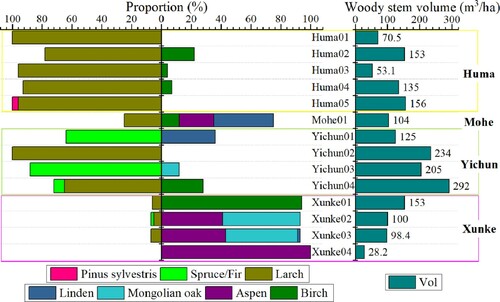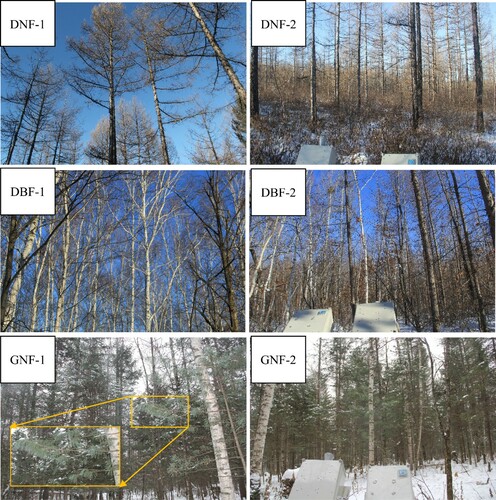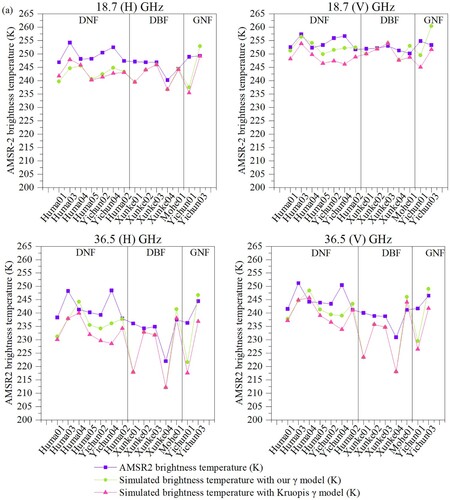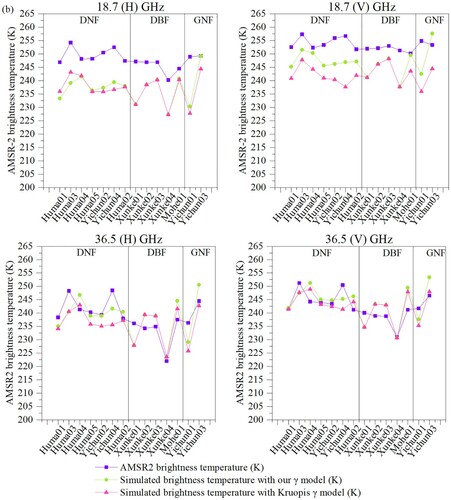Figures & data
Figure 1. Location map of the study area showing the different climate types of the sampling sites. Data source: Resource and Environmental Science and Data Center (http://www.resdc.cn).
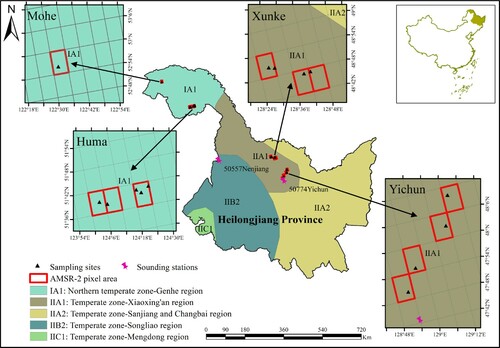
Figure 2. Land cover type of the AMSR-2 pixels where sampling sites locate. Data source: ChinaCover2010, National Earth System Science Data Sharing Infrastructure, National Science & Technology Infrastructure of China (http://www.geodata.cn).
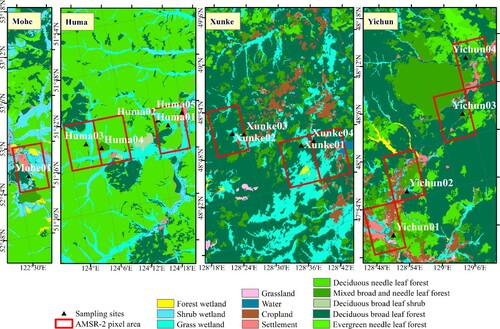
Figure 3. Configuration of the radiometer observations viewed from (a) side and (b) front; and (c) description of the measured TB from the canopy.

Table 1. Parameters of forest canopies and snow profiles for each tree sample plot.
Table 2. Average experimental form factor of the main tree species in China
Figure 6. Transmissivity of each tree sample plot at 18.7- and 36.5- GHz, H and V polarizations, at 55° incidence angle, with woody stem volume.
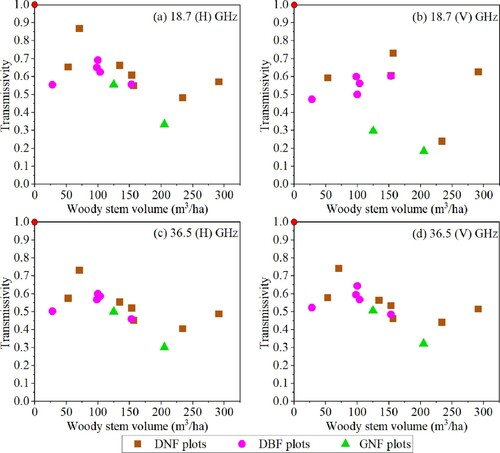
Figure 7. Polarization difference of transmissivity at 18.7 and 36.5 GHz with stand density and woody stem volume.
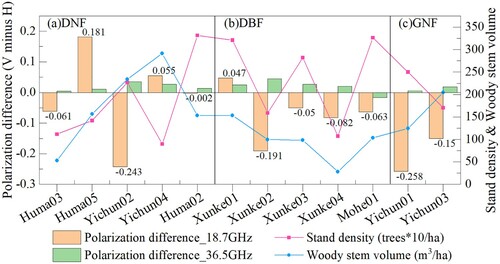
Table 3. Averaged polarization difference in transmissivity for different forest types with stand density and woody stem volume information.
Figure 8. Retrieved transmissivity as a function of Vol for different forest types: (a) DNF, (b) DBF and, (c) GNF. The solid lines correspond to the optimized fitting models. Dashed line corresponds to the Kruopis γ model over its validity range (0–150 m3/ha), at 55° incidence angle. Values are referred to the fitted model. The red dots and lines refer to the vertical polarization, and the blue refers to the horizontal polarization.
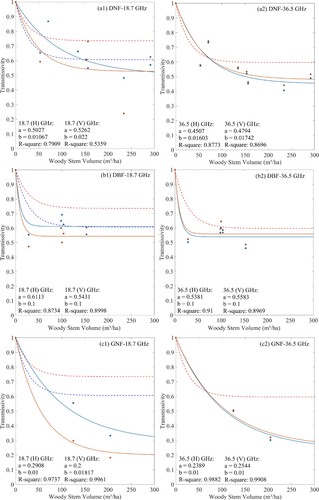
Table 4. Parameters in our γ model for each frequency and polarization at 55° incidence angle retrieved from curve-fitting on the measurements, shown in and compared to Kruopis γ model. (Note that the coefficients a and b in Kruopis γ model were obtained at an incidence angle of 55°.)
Figure 9. Variation of transmissivity retrieved by our γ model against Vol for three forest types at the same frequency and polarization.
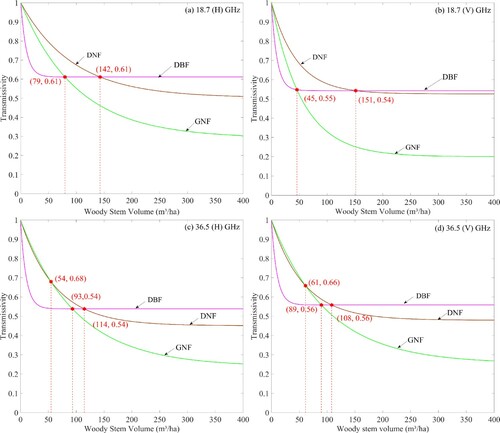
Table 5(a). Comparison of the different transmissivity models with used to be incorporated into the forward model suite for simulation results against AMSR-2 TB and the improvement in accuracy.
Table 5(b). Same as , except that the extinction coefficients were changed to .
Figure 11. observed on multiple incidence angles and azimuths at (a) 18.7- and (b) 36.5-GHz, H and V polarizations.
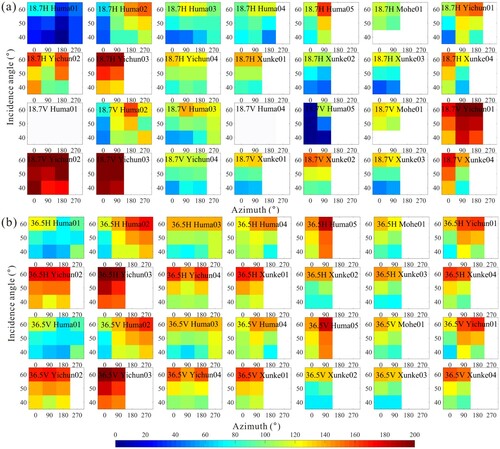
Figure 12. Estimations of the transmissivity with error bars in Case 1 at a fixed incidence angle of 50°: (a) 18.7 GHz and (b) 36.5 GHz; and Case 2 at a unified incidence angle of 55°: (c) 18.7 GHz and (d) 36.5 GHz.
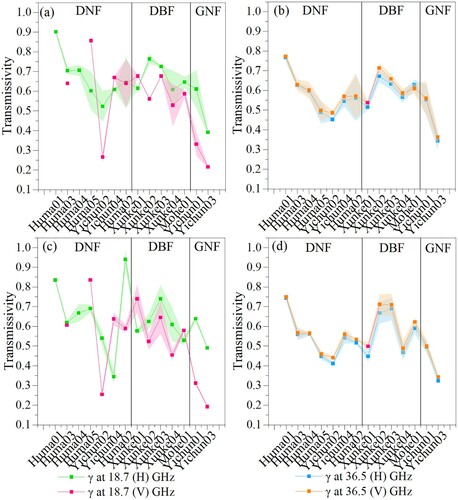
Table 6. Std of from all sample plots at multi- azimuth and incidence angles for each frequency and polarization.

